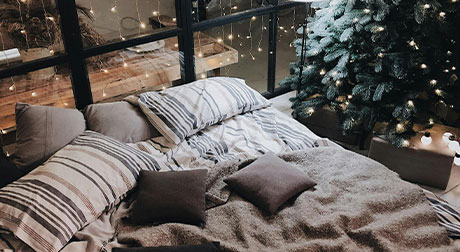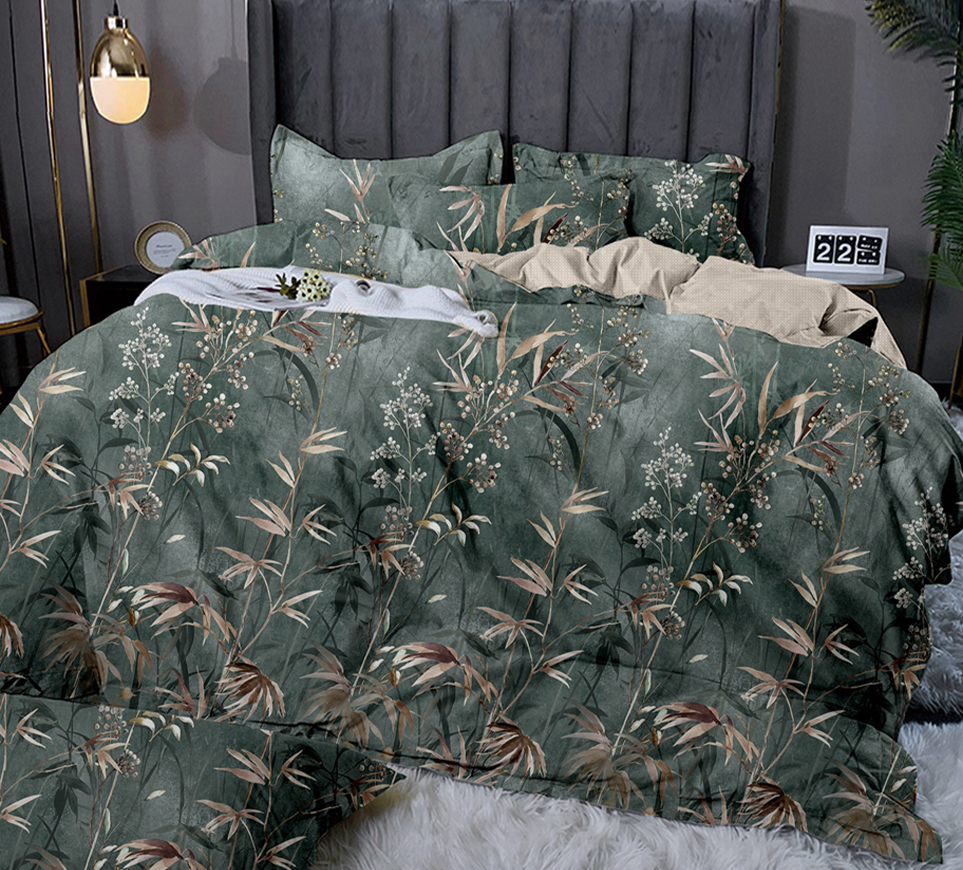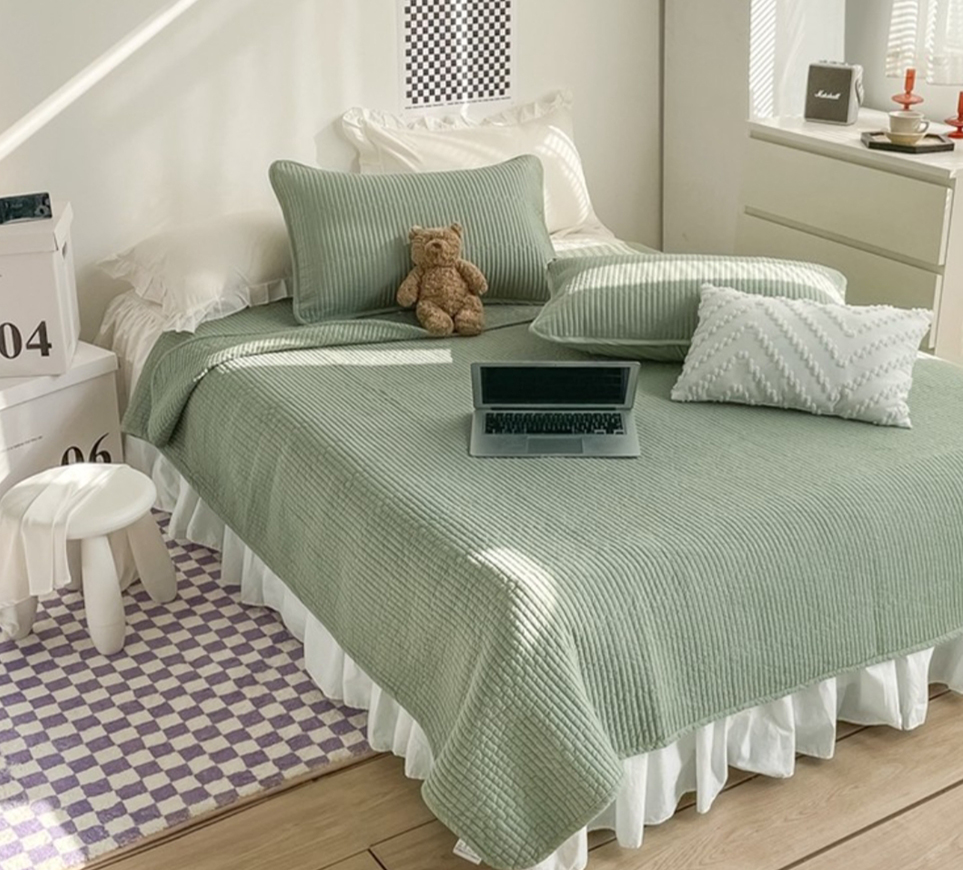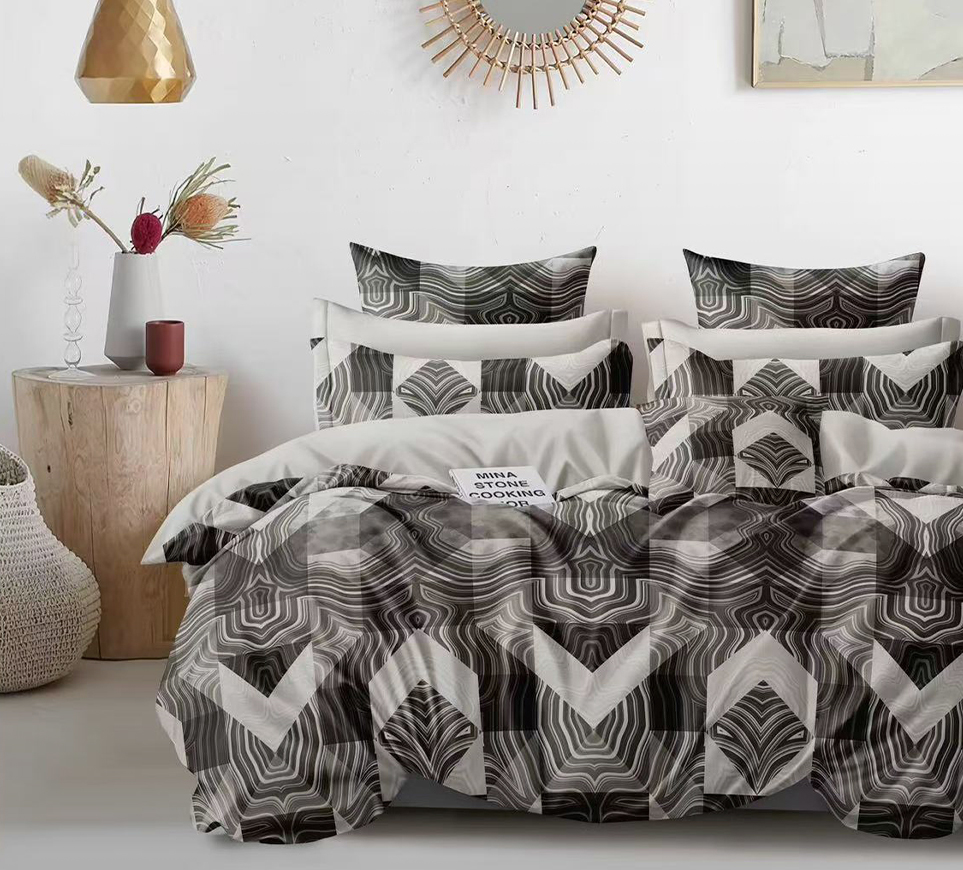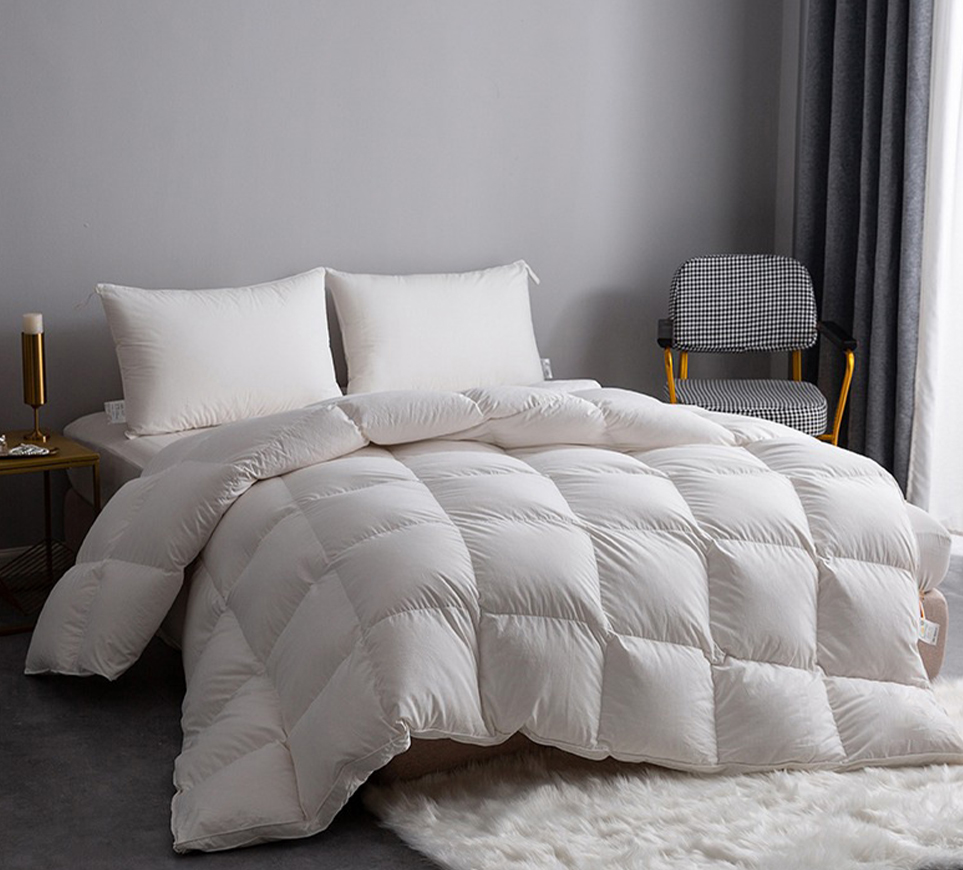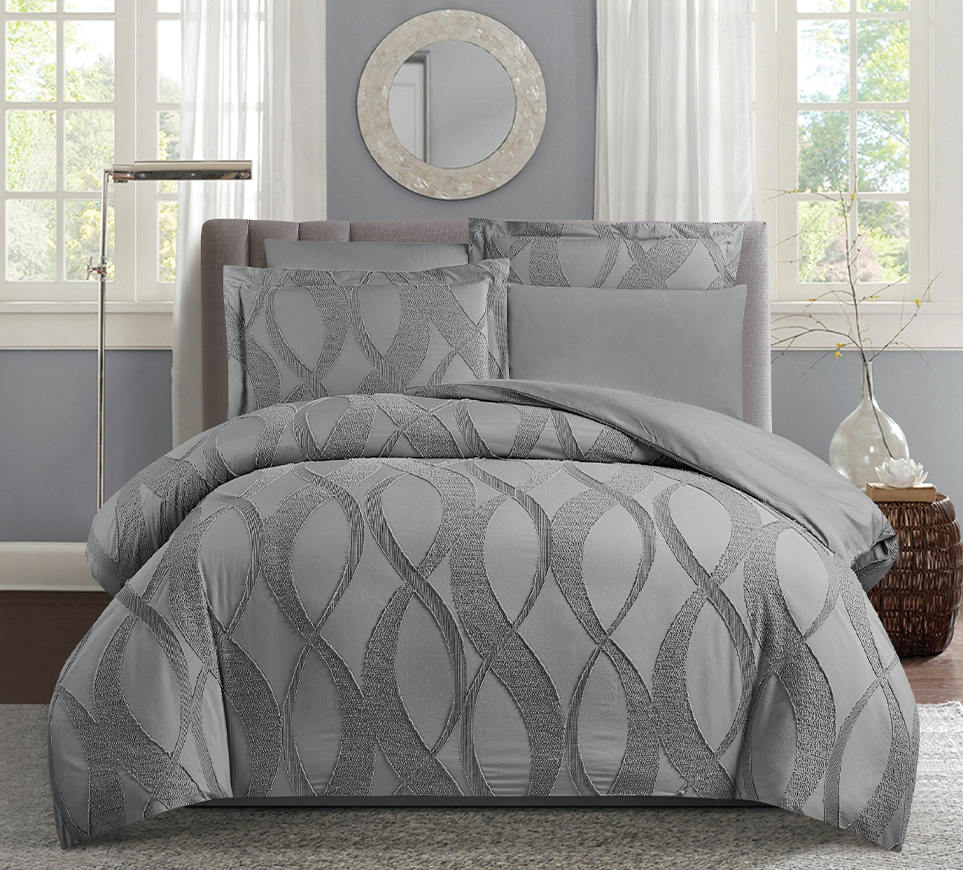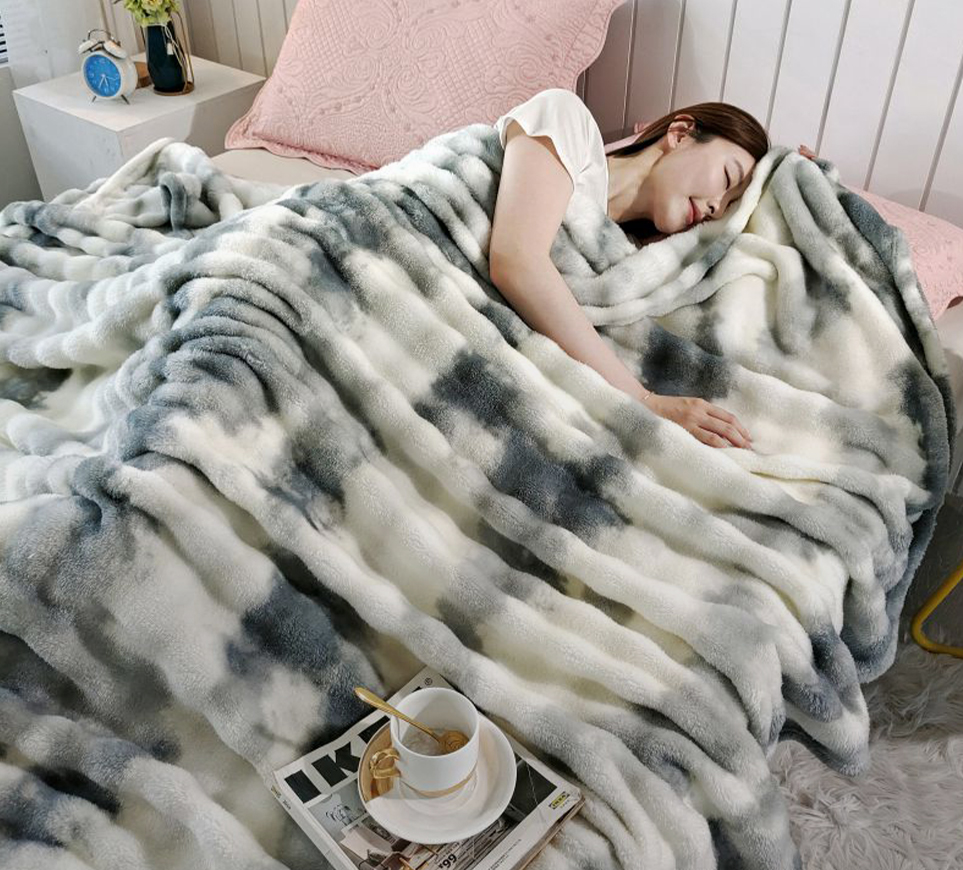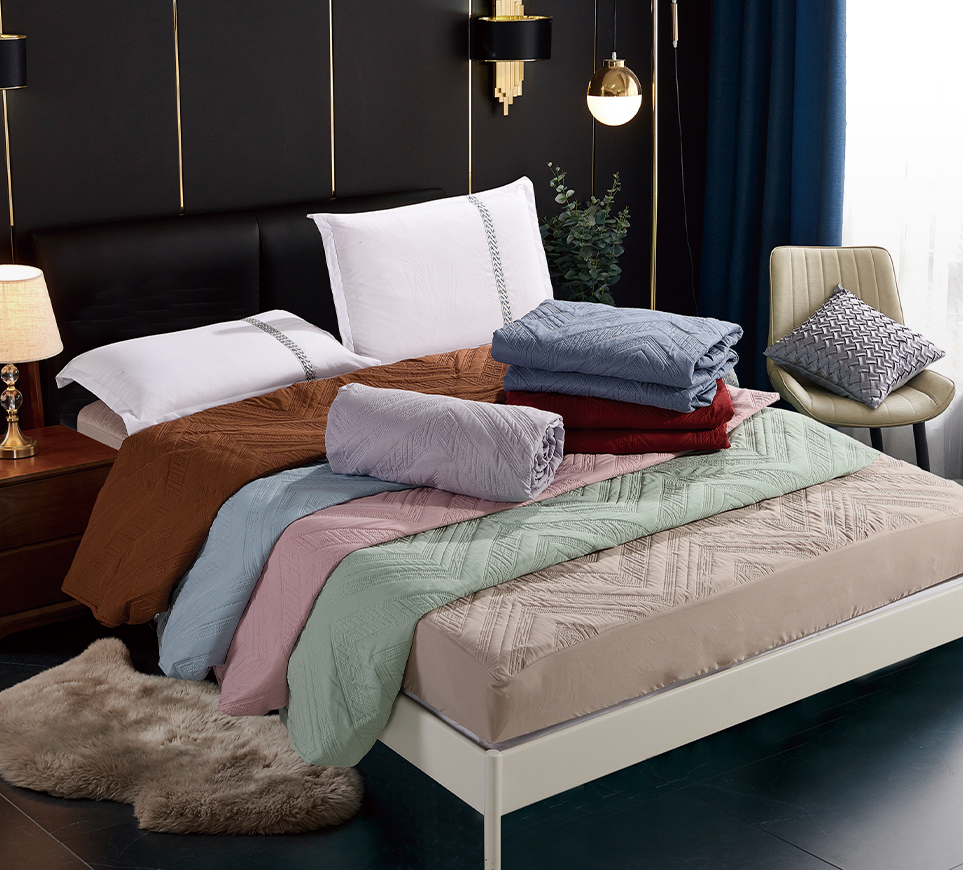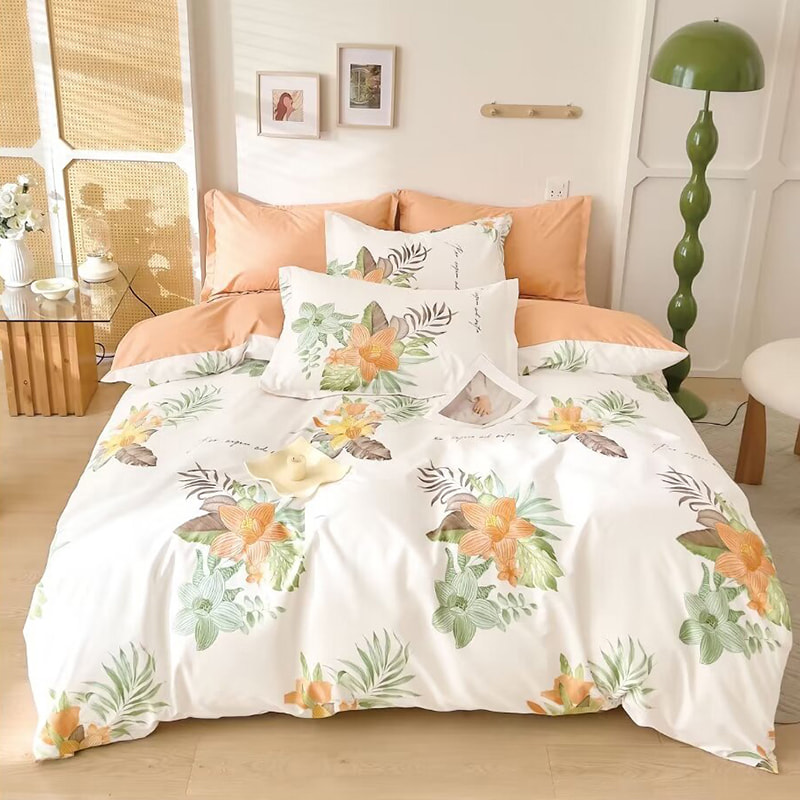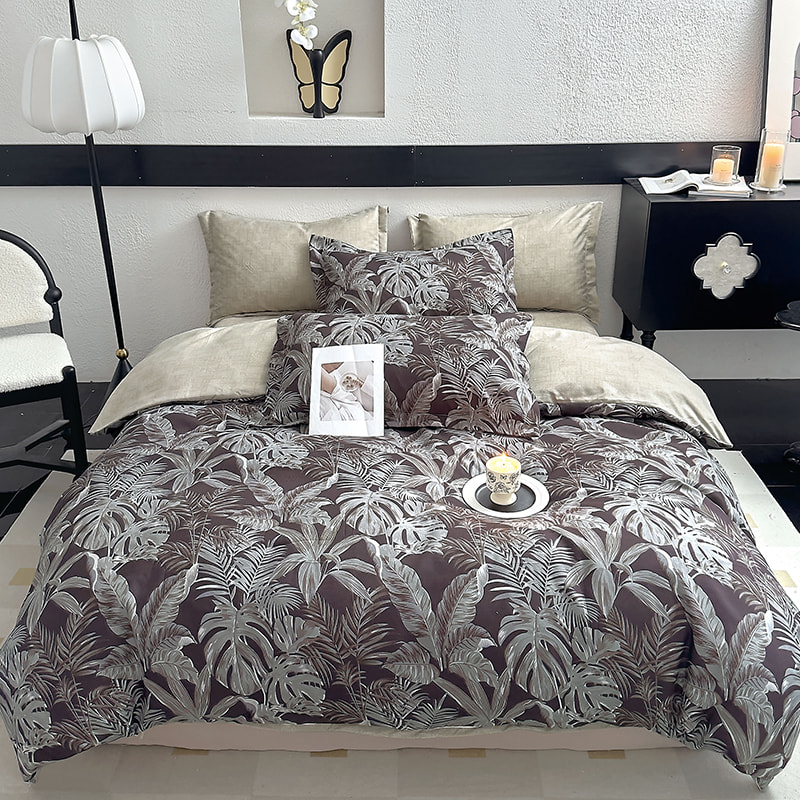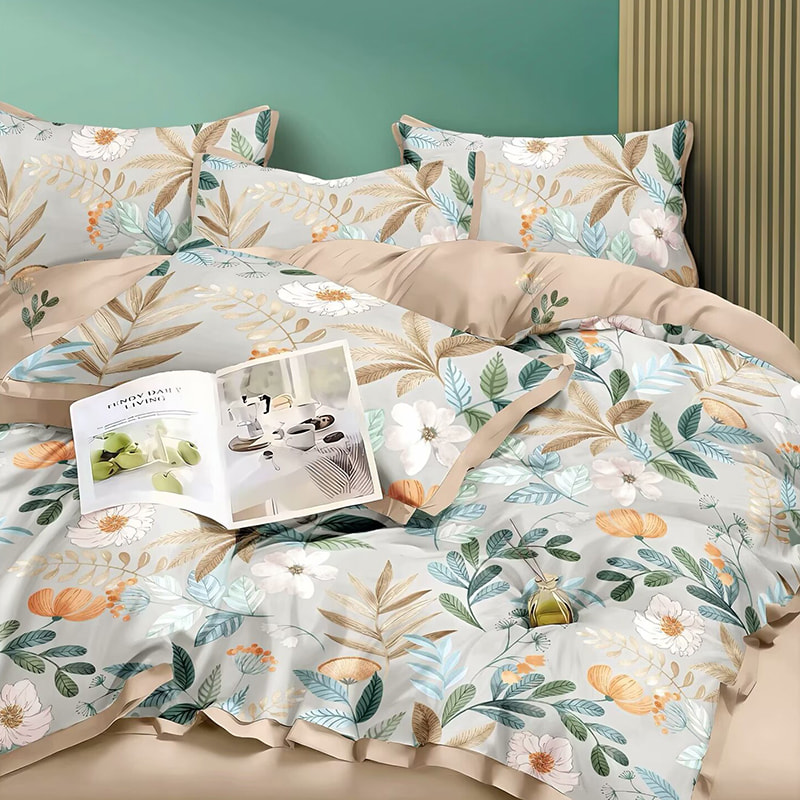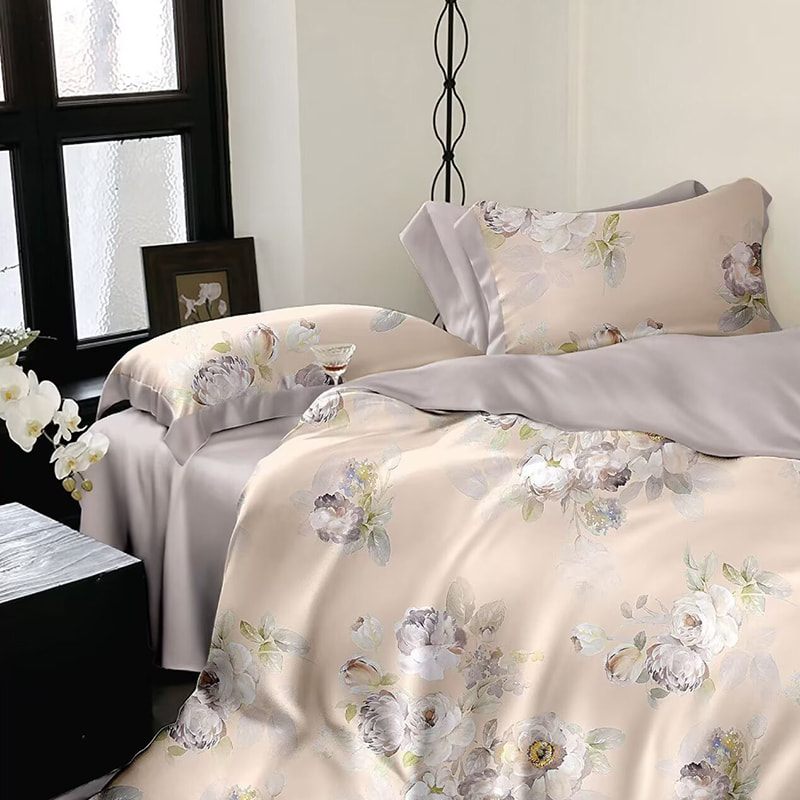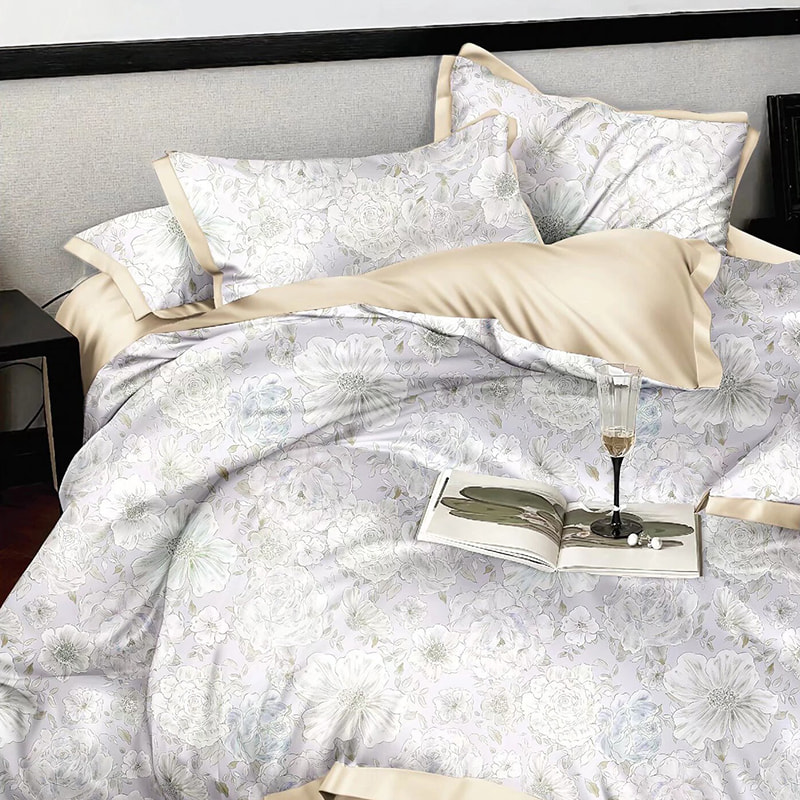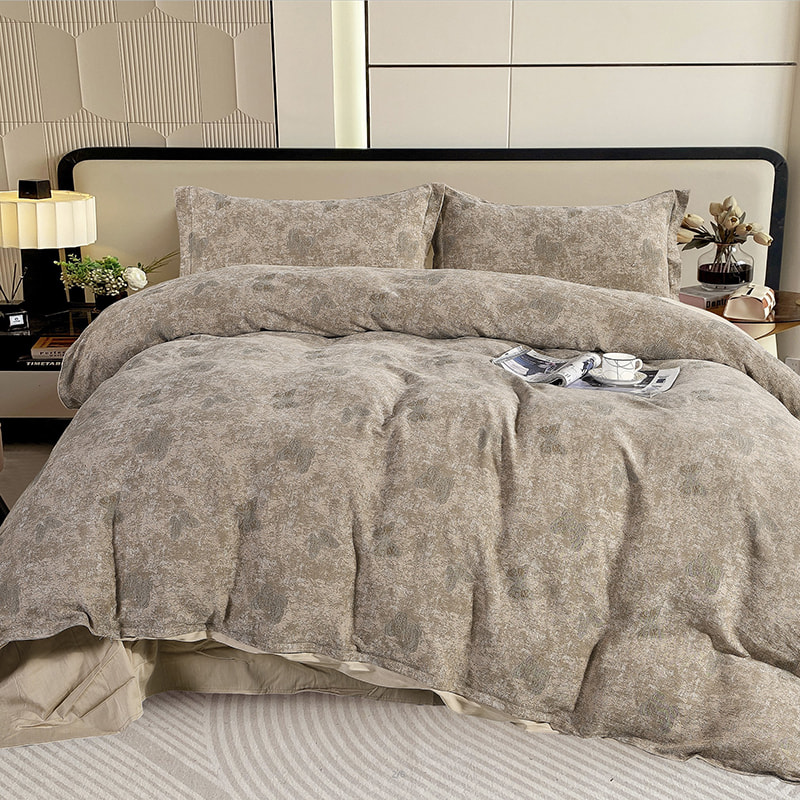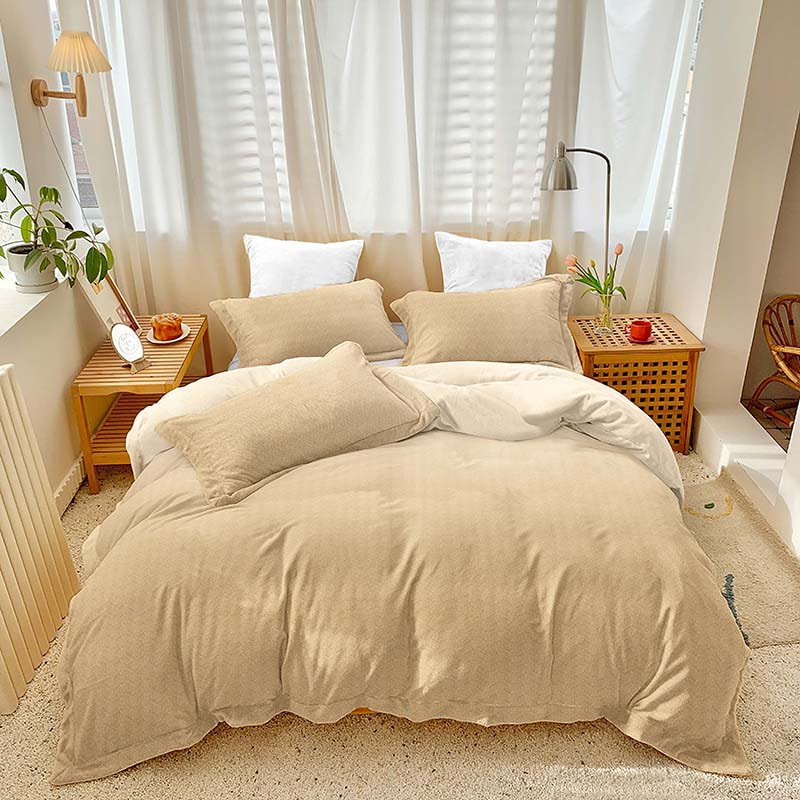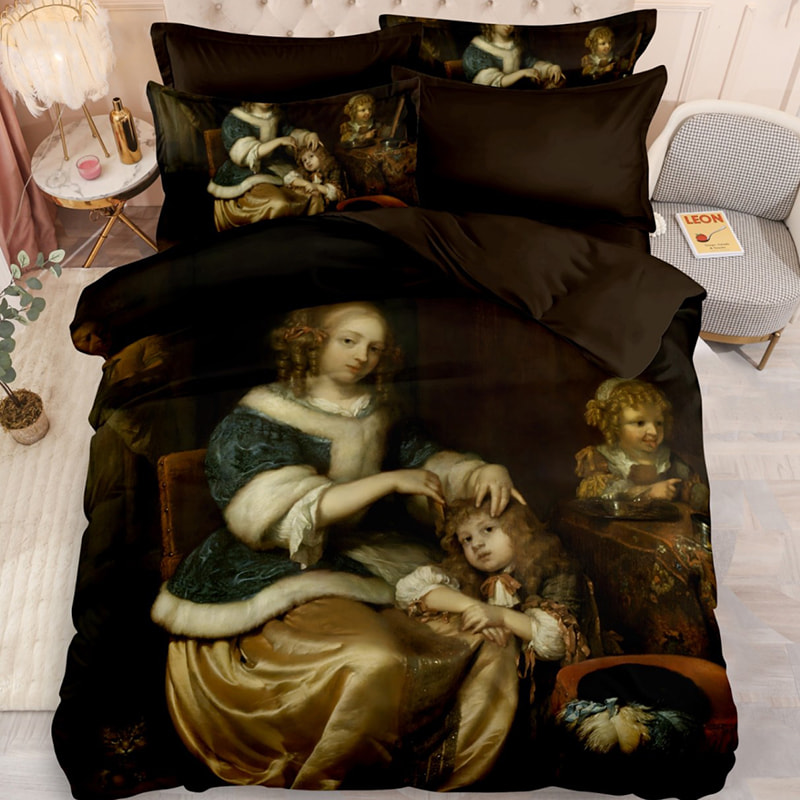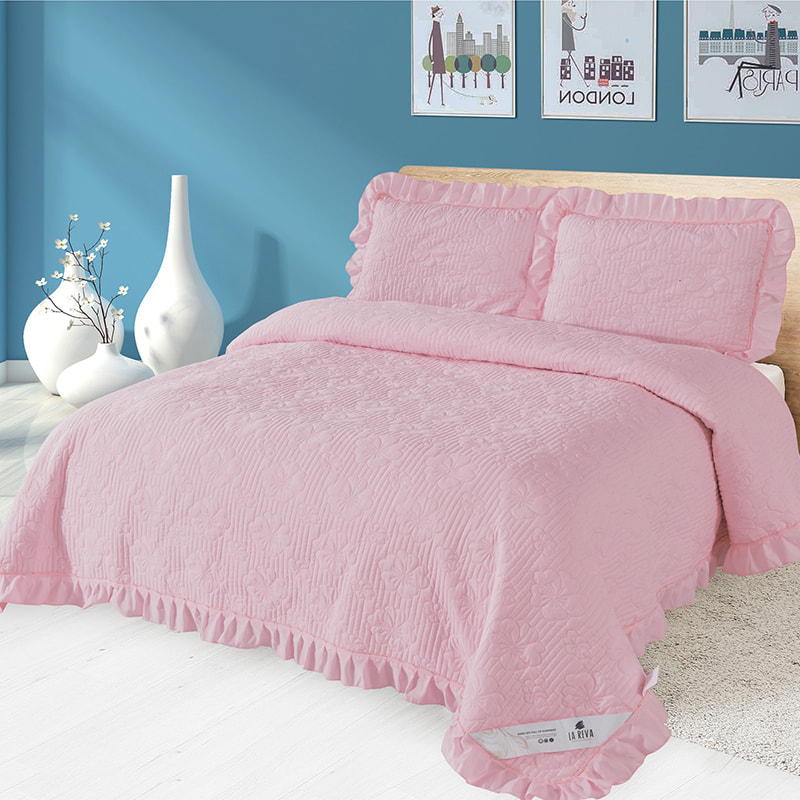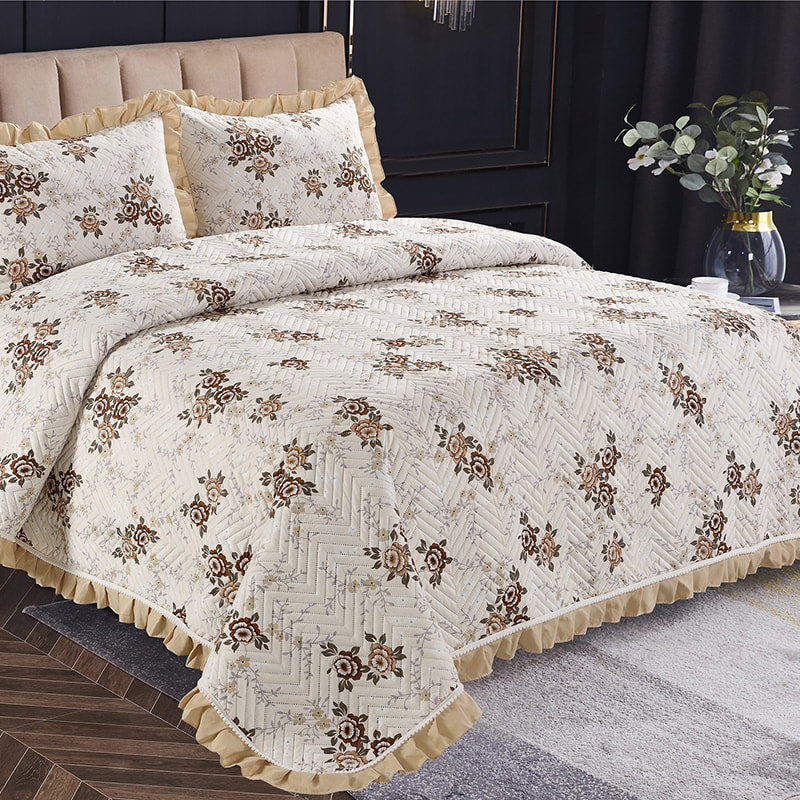FunctionFast dry and easy to care: Not easy to shrink, no ironing and anti-wrinkle, fast drying after machine washing.Durable and fade resistant: Strong wear resistance, high color fastness, long-term...
See DetailsHow can Home Textiles provide extra warmth in the winter?
With the arrival of winter, cold temperatures have many people looking for ways to make their homes more comfortable. Home Textiles are undoubtedly one of the most important tools for keeping your home warm in the winter. From curtains to bedding, to rugs and pillows, these textiles not only bring visual warmth to the home, but also add practical warmth to the living space through their unique materials and designs.
1. Choose the right material: the secret of warmth of wool and down
In the winter, choosing the right material for home textiles is crucial. Wool is highly regarded for its natural warmth properties. For example, curtains and rugs made of wool are not only soft and comfortable, but also effectively block out cold air and reduce heat loss. In addition, down products such as pillows and pillows are ideal for winter homes because of their lightweight and efficient warmth properties. Down filling can lock in body heat while remaining lightweight, which is perfect for long-term use.
2. Use thick fabrics to create a warm space
Thick fabrics are key to winter homes. For example, heavy curtains can effectively block cold winds from entering the room while also reducing heat loss. In addition, thick blankets and blankets are indispensable household items in winter. Whether placed on the sofa or on the bed, they can provide extra warmth for the family. These fabrics are not only practical, but also add beauty to the home through rich colors and textures.
3. The versatility of home textiles: beauty and practicality coexist
Home textiles are not just warming tools, they also have decorative and protective functions. For example, soft blankets and pillows not only enhance the comfort of the home, but also serve as a protective layer on the surface of furniture to avoid dust and wear. In addition, functional textiles such as curtains and mattresses made of temperature phase change materials can provide additional control and protection in extreme temperatures.
4. Matching of lighting and colors: creating a warm atmosphere
In addition to physical warmth, lighting and colors can also add warmth to winter homes. Warm-toned lighting and decorations such as orange, yellow or red fabrics can enhance the warm atmosphere of the space. In addition, the comfort and visual appeal of the home can be further enhanced by properly matching lighting and textiles.
5. Seasonal changes in home textiles: flexible response to different needs
The choice of winter home textiles should be flexibly adjusted according to specific needs. For example, in cold regions, you can choose heavier curtains and carpets, while in milder regions, you can choose light but warm fabrics. In addition, regularly changing seasonal home textiles, such as switching from light fabrics in summer to thick fabrics in winter, can also keep the home environment fresh.
6. Sustainability and environmental protection: Choose high-quality and durable products
Sustainability and environmental protection are also important considerations when choosing home textiles. High-quality and durable textiles can not only reduce the frequency of replacement, but also reduce the impact on the environment. For example, fabrics made of natural fibers are not only environmentally friendly, but also provide better warmth.
Home textiles provide extra warmth and comfort in winter. Whether it is by choosing the right materials, using thick fabrics, matching lights and colors, or paying attention to seasonal changes and sustainability, these small details can make our living space more warm and pleasant. In this cold season, let's use home textiles to create a warm and comfortable haven for your family!

 English
English Español
Español عربى
عربى